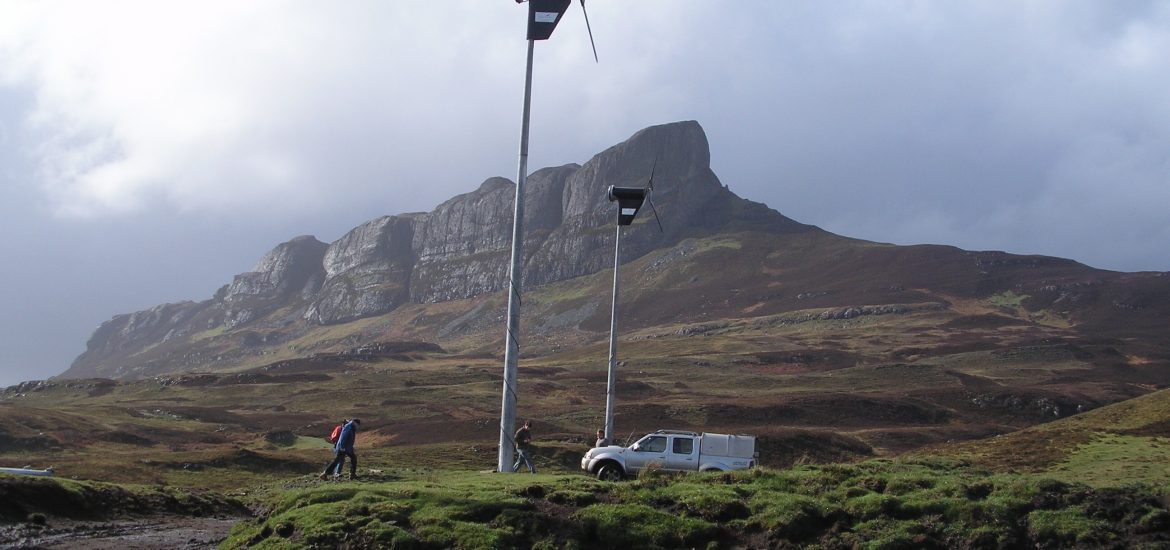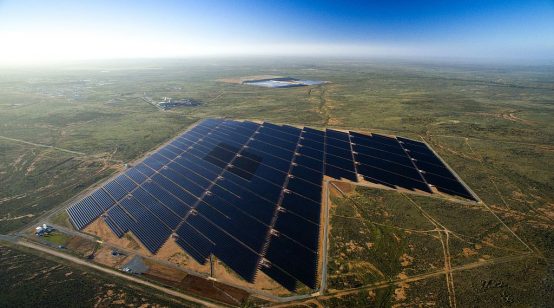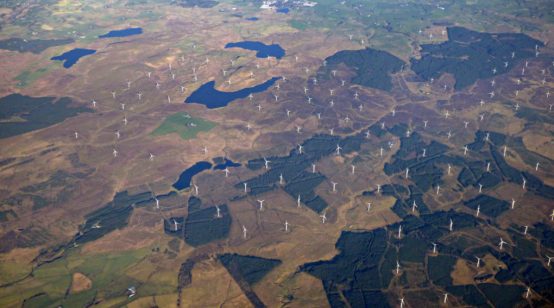
Renewable electricity generation in Scotland, a hotbed of green power, reached record levels in 2018, the Department for Business, Energy and Industrial Strategy (BEIS) has said.
Generation in Scotland was 26,708 GWh, a 6.1 per cent increase on the previous record in 2017. This output of electricity was the equivalent of powering all households in Scotland for more than two-and-a-half years, the authorities said.
The growth of Scotland’s renewable electricity capacity continues, rising from 10 GW in 2017 to 10.9 GW in 2018, according to the official data.
The year saw a big increase in electricity generated via offshore wind, with capacity and generation both more than doubling compared to 2017. Generation increased from 616 GWh in 2017 to 1,369 GWh in 2018 and capacity increased from 246 MW to 623 MW, the Edinburgh administration said.
The devolved government hailed a record year for electricity exports in Scotland with net exports almost doubling from 12,868 GWh in 2017 to 24,379 GWh in 2018.
Scotland’s energy minister, Paul Wheelhouse, told the media: “These figures show Scotland’s renewable energy sector continues to go from strength to strength. Last year, we were able to meet the equivalent of 74.6 per cent of our electricity demand from renewable sources. During periods of low demand in Scotland, we were able to export record levels with a net 24,379 GWh of electricity being exported in 2018.
“Last year we saw the growing importance of offshore wind with capacity and generation both more than doubling compared to 2017 – with further projects under construction.
“Despite damaging policy changes from the UK government since 2015, particularly in terms of impacts on onshore wind, we continue to provide strong support for Scotland’s renewable energy sector. Generation and infrastructure investment continues, not least because of the importance in preventing the damaging impacts of climate change.
“We will ensure the correct strategic decisions are taken to further support this highly valued sector, despite the difficulties created by unhelpful decisions at Westminster.”
The Conservative-run London government, along with enforcing Brexit on the UK, axed onshore wind subsidies after the 2015 general election.
Tariff cuts
Scottish Renewables has criticised this month’s end of the UK government’s feed-in tariff scheme, saying it will hit small-scale renewable projects.
The tariff was established in 2010 to allow consumers to receive payments from their suppliers when they provide power to the grid with wind or solar.
Scottish Renewables said the tariff scheme allowed for more than 700MW of small power schemes to be installed by homes and businesses since 2010. Under the tariff, 16 hydropower, 70 wind and 118 solar projects have been installed in Scotland. The industry body argued that ending the tariff would make financing future projects increasingly difficult.
It blamed the collapse of companies like Gaia Wind, which went into administration in March last year, on cuts to the tariff.
Scotland leads the world in renewable energy production. Picture credit: Wikimedia






+1,542 GWh more of renewable energy electricity generated in Scotland 2018 than in 2017. (Source BEIS ET_6.1)
+11,511 GWh more net electricity exports in 2018 (provisionally) than in 2017. (Source BEIS ET_5.6)
Where did the 11,511 – 1,542 = +9,969 GWh come from in 2018 or where did -9,969 GWh get lost in 2017?
Was there in 2018 +9,969 GWh additional generation from fossil fuels or nuclear?
Did Scots in 2018 consume -9,969 GWh less?
Did the grid in 2018 not lose -9,969 GWh that was lost from inefficiency in 2017?
Was there in 2018 or some combination of the three possibilities?
I haven’t found the statistics for Scotland 2018 which would explain this mystery +9,969 GWh fully as yet – generation for ALL fuels types, consumption and losses.
The “Highlights” sheet in BEIS ET_5.6 identifies the Western HVDC link becoming operational without fully explaining the mystery +9,969 GWh.
“Record net transfers from Scotland to England
Net electricity transfers from Scotland to England reached a record high of 23.7 TWh in 2018, increasing 67 per cent on 2015’s record and 82 per cent on 2017. This means that net transfers from Scotland were higher than the UK’s total net imports from Europe for the first time since 2011. Transfers from Scotland to England were higher than 2017 for all quarters in 2018; however, transfers in Q4 2018 were exceptionally high after the Western HVDC link with Scotland came into full operation in October2.
New Scottish interconnector pushes net transfers with Scotland to highest ever level
Net electricity transfers between Scotland and England in Q4 2018 increased 44 per cent compared to Q4 2017, to reach its highest ever level at 7.0 TWh. This came despite the highest transfers from England to Scotland since Q1 2005, as transfers from Scotland rose more than 50 per cent. This comes after the 2200 MW Western HVDC link with Scotland entered full operation in October 20182. It is also likely that increased Scottish wind generation compared to the same period in 2017 added to the particularly high transfers over the quarter.”
The figures on installations supported by the feed in tariff as quoted from the Scottish Renewables press release are incorrect as they represent the number of community projects only, not overall numbers, which are much much higher: https://www.scottishrenewables.com/news/new-figures-endangered-end-green-fit/